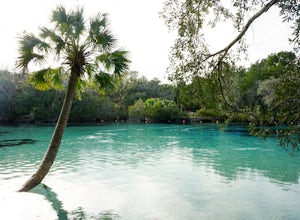Nestled in the heart of southern Utah, Bryce Canyon National Park is a geological wonderland renowned for its hoodoos, towering rock formations shaped by erosion over millions of years. Among the park’s many awe-inspiring vistas, few compare to the mesmerizing spectacle of sunrise or sunset, when the amphitheater-shaped Bryce Canyon transforms into a sea of orange..
As the first rays of dawn peek over the horizon, the eastern-facing cliffs of Bryce Canyon erupt in a symphony of warm hues. The hoodoos, ranging in height from mere feet to hundreds of feet, cast long shadows across the canyon, creating a dramatic interplay of light and shadow. The amphitheater’s natural amphitheater shape acts as a natural canvas, amplifying the grandeur of the sunrise spectacle..
The colors intensify as the sun climbs higher in the sky, casting an ethereal glow upon the intricate hoodoo formations. The vibrant orange hue that dominates the scene is a result of the iron oxide present in the rocks. This mineral, also responsible for the red hue of Mars, imbues Bryce Canyon with its distinctive color palette..
As the day progresses, the shifting sunlight continues to paint the hoodoos in ever-changing hues of yellow, gold, and crimson. The interplay of light and shadow becomes even more pronounced, creating a captivating visual tapestry. Shadows dance across the canyon walls, highlighting the intricate details of the hoodoos’ eroded surfaces..
The sunset at Bryce Canyon is equally mesmerizing, as the sky transforms into a canvas of vibrant reds, oranges, and purples. The hoodoos, now bathed in the golden light of dusk, appear to glow from within, casting long, dramatic shadows across the canyon floor. As darkness descends, the stars begin to twinkle above the hoodoos, creating a celestial spectacle that complements the earthly beauty of Bryce Canyon..
Whether you witness the sunrise, sunset, or both, the sea of orange in Bryce Canyon is an experience that will stay with you long after you’ve left the park. The beauty of this natural wonder is truly awe-inspiring, a testament to the power of nature’s artistry..
Here are a few tips for capturing the perfect sunrise or sunset shot in Bryce Canyon:.
1. Arrive early: To ensure you have a good spot for photography, aim to arrive at the park well before sunrise or sunset. This will give you time to scout out the best vantage points and set up your camera..
2. Choose the right location: There are many great places to photograph sunrise or sunset in Bryce Canyon. Some popular spots include Sunset Point, Bryce Point, and Inspiration Point. Each location offers a unique perspective of the hoodoos and the surrounding landscape..
3. Use a tripod: A tripod will help you keep your camera steady and avoid blurry images. This is especially important when shooting in low-light conditions..
4. Experiment with different shutter speeds: Varying the shutter speed can create different effects in your photos. A slow shutter speed will blur the movement of clouds and water, while a fast shutter speed will freeze the action..
5. Use a wide-angle lens: A wide-angle lens will allow you to capture the vastness of the Bryce Canyon amphitheater and the grandeur of the hoodoos..
6. Use a neutral density filter: A neutral density filter can help to reduce the amount of light entering your camera, which can be useful when shooting in bright conditions..
With a little planning and preparation, you can capture stunning images of the sea of orange in Bryce Canyon that will transport you back to this awe-inspiring place every time you look at them..


